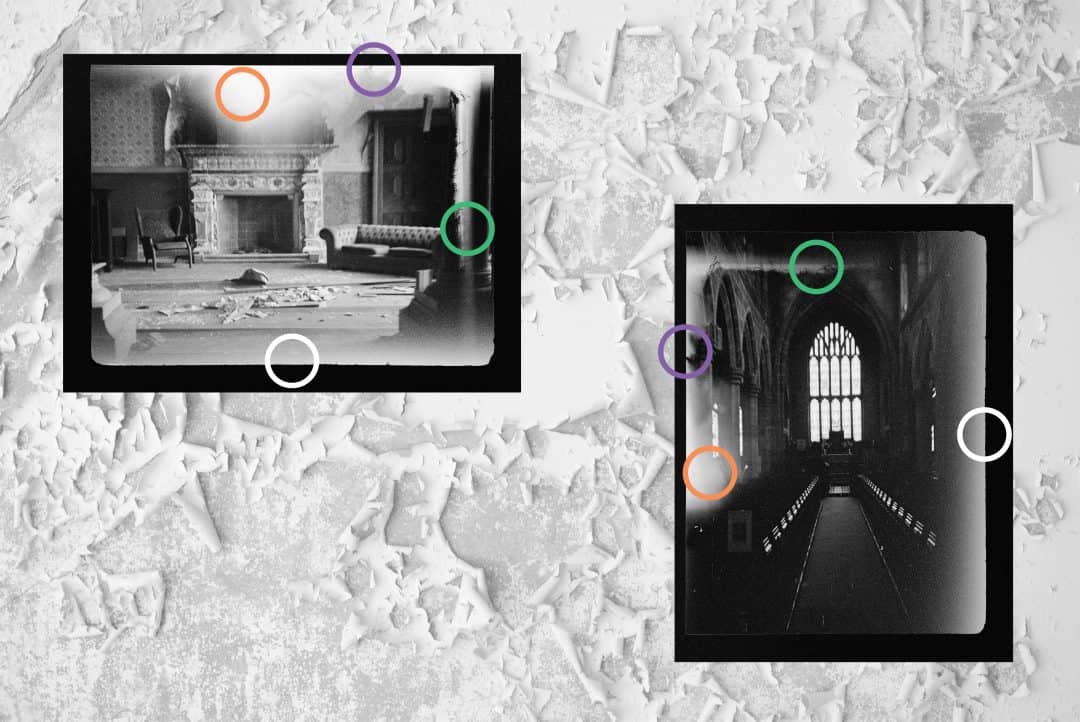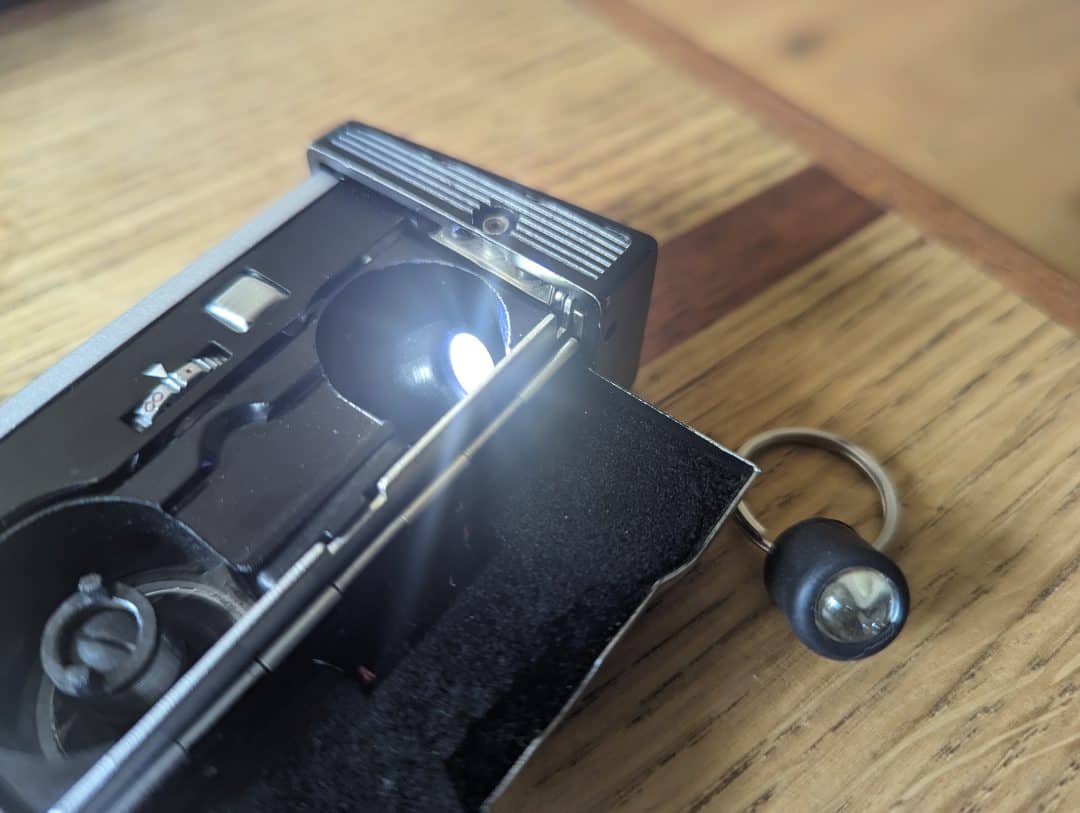Support me on Patreon for early access previews, rewards and giveaways!
Contact Me
Or use the contact form below.
Support me on Patreon for early access previews, rewards and giveaways!
Or use the contact form below.
Earlier this year, I started to delve into the world of subminiature film cameras. Never one to pick the easy option, such as readily available 110-format offerings, I headed straight for the obscure. I picked up a Kiev 30 on eBay, not really knowing what I was getting myself into.
I planned to use this camera for a little project. I had an upcoming trip to the Baltics planned, and the idea of capturing Soviet relics on a USSR-manufactured “spy camera” seemed to fit. Of course, I needed to shoot a test roll before my trip to make sure my newly acquired camera was working as expected. Luckily, I found a lab in the UK that offers strips of 16mm film cut down from 120 film to feed the little beast. I shot my test roll over a few days, and my heart sank. Light leaks everywhere!
But the photos were still beautiful, and the small camera seems to be mechanically sound. I had already formed a bond with it, having taken it to several abandoned locations and spent some time shooting street scenes in Manchester. I was therefore determined to fix it and take it to the Baltics on a big adventure (as planned!).
I have also uploaded an article with more information about this camera, as well as a gallery of photos from the Baltics.

Let’s examine the leak pattern!
My next objective was to find a small enough light source to fit within this little camera. The interior has two compartments, one for each side of the film cartridge. Each side is cylindrical and about 1cm tall and wide. The film gate stands in between, preventing little light from passing between the two film spool bays. I figured out how to remove the winding mechanism, allowing me to fit a little light in each side. Amazon comes to my aid! I discovered tiny LED “torches” that were less than 1cm in size. Hurrah!

When they arrived, I turned them on and inserted one into each side. I closed up the camera lid, and heading into my dark bathroom. After a few minutes of rotating and shaking the closed camera, I noticed a couple of tiny rays of light peeking through.
I’d discovered the light leaks! It was now time to repair them.
Following the amazing guide over by Mark Hahn, I decided to dismantle my tiny camera. There were not as many pieces as expected, which was a relief! I left the shutter and all the lens housing alone, that part appears to be working correctly (thankfully).

For my test roll I chose Ilford XP2 as I wanted 400 ISO black and white to give me the flexibility to shoot indoors (and I hadn’t used this type of film before). The lab spooled this into a 35mm cannister, taped on a leader from some 35mm film and processed this in their usual automatic C41 machine. Handy!
I also picked up some lengths of Kodak Ektar 100, figuring these would be good for shooting with the Kiev 30 for exteriors on a sunny day. A little trip with friends over to Wales fortuitously popped up soon after I had reassembled the tiny camera. Add in a little sunny weather, a rarity in Wales, and it was all systems go for test roll two.
And hey, look at that – not a light leak in sight. Mission accomplished!
What photograph caught your eye the most? How did this location make you feel? Do you have a question? Let me know by leaving a comment!
Join My Adventures!
I add new content every week, ranging from exciting new locations to blog articles about my road trips. My beautiful newsletter will bring my photographic adventures direct to your inbox!
Your email address will not be shared, or publically displayed. I will only use your data to send you the newsletter, as outlined in the Privacy Policy. You can unsubscribe at any time, via the opt-out link included in every email.